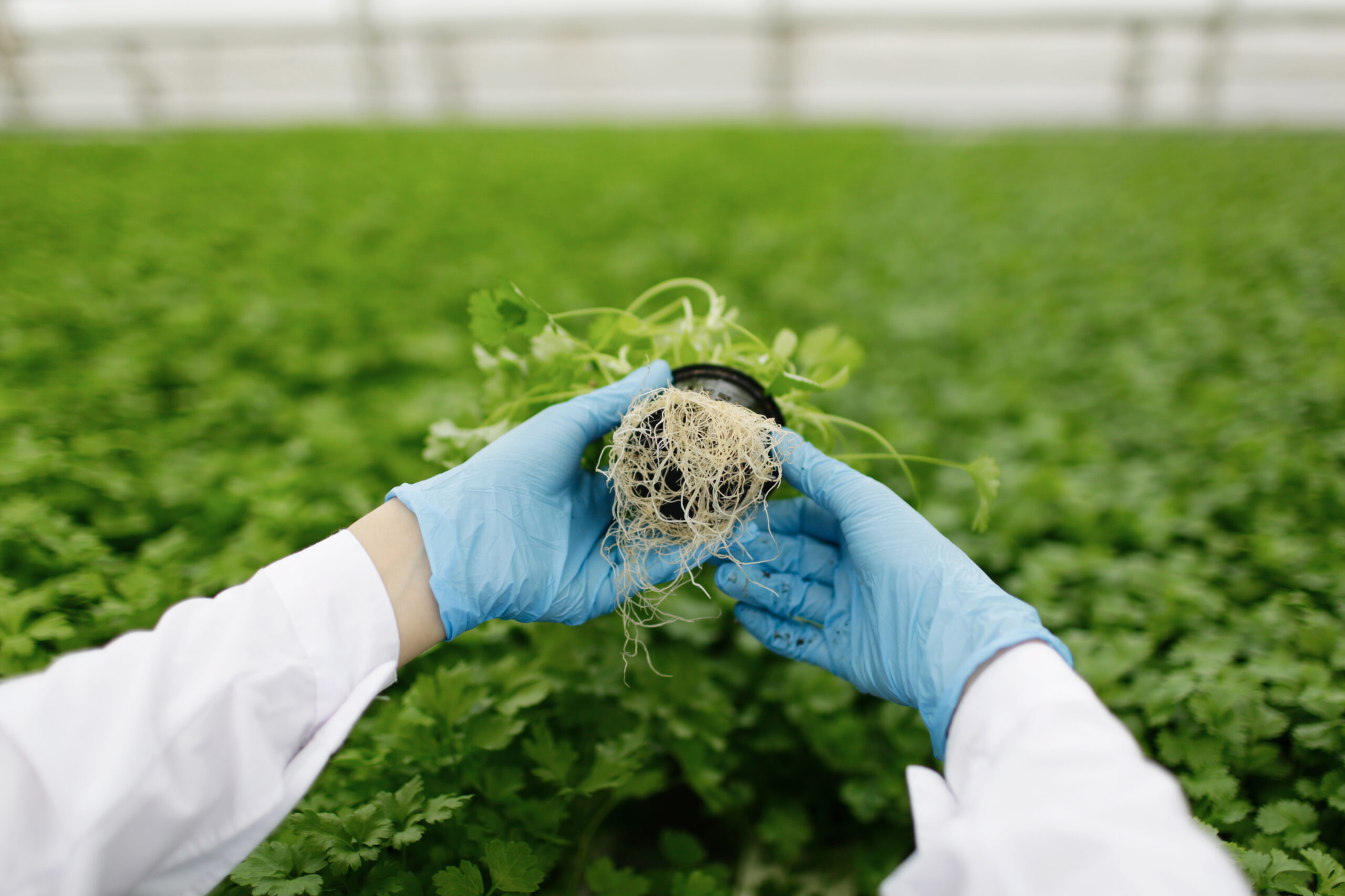In our last guide, we worked our way through the methods used to measure how well an LED will influence photosynthesis. When it comes to understanding the effects of lighting on plants however photosynthesis is not the only thing we must take into consideration.
Equally important when using horticultural lighting is understanding the effects of the specific light spectra used for growing different crops and achieving different responses. Both R&D labs and commercial companies conduct trials over decades to determine the influence of specific spectrums on the growth and development of plants as well as the concentration of compounds that affect yield, texture, and flavour.
In fact, Kroptek itself was initially founded as an R&D operation studying the effects of white light spectrums on plants.
In this piece, we introduce the basics you need to know when choosing the right LED spectrum for your plants.
The Difference: Green, Blue, Red, and Far-Red
When discussing light for plants we distinguish between four basic colours with each occupying a wavelength measured in nanometres (nm). Blue light sits between 400-499nm, Green between 500-599nm, Red between 600-699nm, and Far Red between 700-799nm.
In addition to these primary colours, there are a number of frequently used combinations.
Purple Light Spectrums
Purple light combines red and blue light and is one of the most commonly used combinations in horticultural lighting. This light was traditionally used before white LED became commercially viable for horticulture applications.
-
Firstly, red, and blue light have the highest level of conversion of electricity into photons, making them the most efficient. You can find out more about the photosynthetic efficiency of LEDs in our previous article on PPE.
-
Secondly, plants suffer from elongated growth under only red light. Blue is therefore added to ensure more typical shorter plants.
-
Thirdly, red light is the most effective at driving photosynthesis on a short-term basis, making it ideal for quick growing crops such as microgreens.
The most commonly attributed downside to purple light is the effect it has on human vision. With no green light, your surroundings in a room lit only by purple light will appear completely purple. Prolonged exposure to purple light creates an uncomfortable work environment and as plants don’t appear green it can be difficult to properly inspect plants.
You can learn more about the importance of accurate colour reproduction in our piece about CRI.
White Light Spectrums
White light on the other hand does not refer to a specific wavelength. Instead, white light refers to when green light is added to blue and red.
Since the development of cost-effective white light, it has become a popular choice since it contains all the types of light necessary for ideal plant growth without the visual effects of purple light. White LEDs suitable for horticultural use were prohibitively expensive, as a result, only purple lights were used.
White light spectrums have been increasingly popular for a wealth of reasons:
-
Encouraging higher nutrient absorption and contributes to more flavourful and tasty edible plants.
-
Photosynthesis goes beyond vital chlorophyll pigments and involves other chemicals like Carotene, Xanthophyll, or Anthocyanins. Those lesser-known pigments absorb green light and protect plants from free radical damage.
-
Green wavelengths penetrate dense canopy crops to reach lower leaf layers, especially for crops with an overlapping or folded leaf structure.
-
Due to its high CRI white light goes a long way in being able to see crops properly. Providing a good working environment and making crop inspection as straightforward as possible.
Spectrums and your plants
Spectra have different effects on plants depending on the stage of their growth. We aim to provide sustainable and affordable lighting best suited to growers’ needs. That’s why we continue to refine our spectrums from regular feedback from commercial growers as well as in-house trials and university-led research.
An optimal light spectrum should provide:
-
The best possible growth of the crop.
-
The optimal energy efficiency.
Determining which spectra to use on which plant and when is an essential part of farming using light. At Kroptek providing growers with optimal light spectrums to grow in the most sustainable way is our priority. We created all our light recipes with this in mind and that’s why we also offer customisable light spectrums for bespoke projects.
Find out more about our spectrums here or get in touch with one of our horticultural experts to discuss which of our spectrums would suit your needs.


